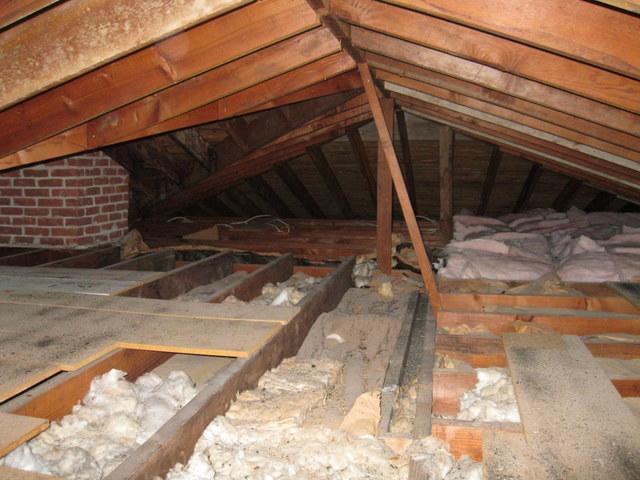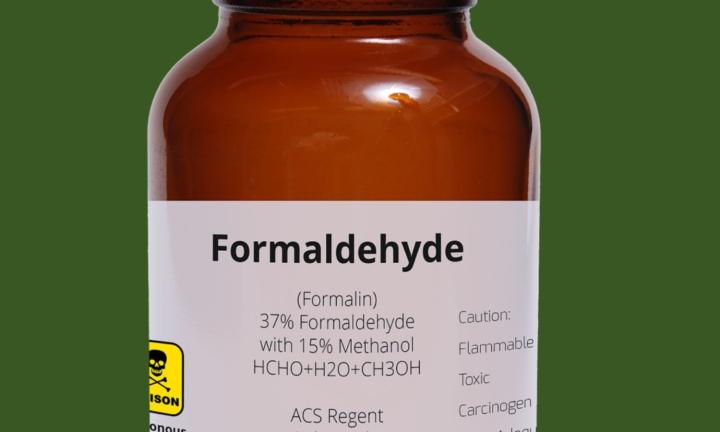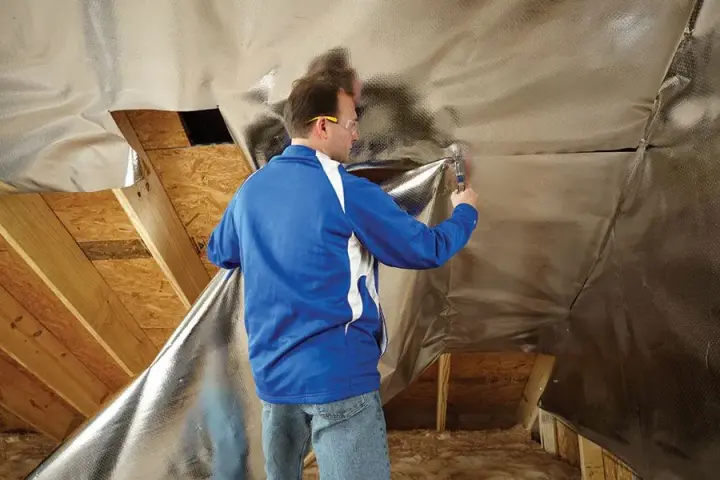You don't need to be a home inspector to know when your attic insulation isn't doing its job. In fact, most homeowners can spot the warning signs without ever climbing into their attic. Let me show you what to look for from the comfort of your living space.
Your Energy Bills Are Climbing
This is often the first clue. If your heating or cooling costs have been creeping up year after year, and you haven't changed your usage habits, poor attic insulation is likely to blame. Your HVAC system has to work overtime to compensate for heat escaping through an under-insulated attic.
Compare your bills to the same months last year. A jump of 15-20% or more could indicate your insulation is failing. Remember, insulation doesn't last forever—it can settle, compress, or become damaged over time, reducing its effectiveness.
Temperature Variations Between Rooms
Walk through your home on a cold or hot day. Are some rooms noticeably warmer or cooler than others? This inconsistency often points to insulation problems. Rooms directly under the attic typically show the most dramatic temperature swings when insulation is inadequate.
Your upstairs bedrooms shouldn't feel like saunas in summer or iceboxes in winter. If they do, that's a red flag that your attic insulation needs attention.
Ice Dams Forming on Your Roof
During winter, take a look at your roof after a snowfall. If you see icicles forming along the eaves or notice that snow melts unevenly—clearing from the center while staying frozen at the edges—you've got an insulation problem. Heat escaping through your roof melts the snow, which then refreezes at the colder edges, creating ice dams.
These aren't just cosmetic issues. Ice dams can cause serious damage to your roof and gutters. Check out our detailed guide on ice dams and attic insulation to understand the full impact.
Your Attic Feels Like the Outdoors
Okay, this one does require sticking your head in the attic, but you don't need to go all the way in. On a hot summer day, carefully open your attic access. If you're hit with a blast of extremely hot air (140°F or higher), your attic isn't properly ventilated or insulated. In winter, if your attic feels as cold as the outside temperature, your insulation barrier isn't doing its job.
Your attic should be closer to your indoor temperature than the outdoor temperature. A huge difference means heat is transferring freely between your living space and the attic.
Drafts Around Light Fixtures and Outlets
Stand near ceiling light fixtures, especially recessed lighting. Feel around the edges on a windy day. Detecting drafts? That's air (and your money) escaping right through gaps in your insulation. The same goes for electrical outlets on exterior walls—if you feel air movement, insulation is missing or inadequate in those areas.
Pest Problems or Strange Sounds
Hearing scratching or scurrying sounds in your ceiling? Poor insulation often coincides with gaps that allow pests to enter. Mice, squirrels, and even birds can damage insulation further while making themselves at home. If you've had recent pest problems in your attic, it's worth checking if your insulation was compromised.
Visible Water Stains or Mold
Look at your ceilings for water stains, especially near exterior walls or in corners. These brown or yellow marks can indicate roof leaks, but they're often related to condensation problems caused by poor insulation. When warm, moist air from your home meets a cold attic surface, condensation forms, potentially leading to mold growth.
Musty odors are another giveaway. If your home smells damp or moldy, especially on upper floors, inadequate attic insulation combined with moisture intrusion could be the culprit.
Your HVAC Never Stops Running
Listen to your heating or cooling system. Does it run constantly, struggling to maintain your set temperature? While this could indicate HVAC issues, it's often a sign that your home can't retain conditioned air. Poor attic insulation is one of the biggest contributors to this problem.
The Attic Access Door Feels Different
Touch your attic access door or pull-down stairs. In summer, is it hot to the touch? In winter, does it feel cold? The access point itself should be well-insulated. If it's not, that's a mini version of what's happening throughout your entire attic—heat transfer that's costing you money.
Your Home is Over 15 Years Old
Even without obvious symptoms, if your home was built more than 15 years ago and you've never upgraded the insulation, it's probably time for an inspection. Building codes have evolved, and what was considered adequate insulation back then doesn't meet today's standards for energy efficiency.
Plus, insulation degrades over time. Fiberglass can settle and compress, losing up to 50% of its R-value. If you're experiencing any of the signs above and your home has aging insulation, upgrading should be a priority.
What to Do Next
If you've identified several of these warning signs, don't panic—but don't wait either. Poor attic insulation costs you money every single day through wasted energy. The good news is that upgrading your attic insulation is one of the best investments you can make in your home's comfort and efficiency.
We offer free attic inspections where we'll measure your current insulation levels, identify air leaks, check for moisture problems, and give you a detailed assessment. Our team will then recommend the right solution for your specific situation, whether that's adding more insulation, replacing damaged material, or a complete attic overhaul.
Ready to stop wasting money on heating and cooling? Contact 4 Seasons Insulation today for your free inspection. We'll help you understand exactly what's happening in your attic and how to fix it—no guesswork required.





